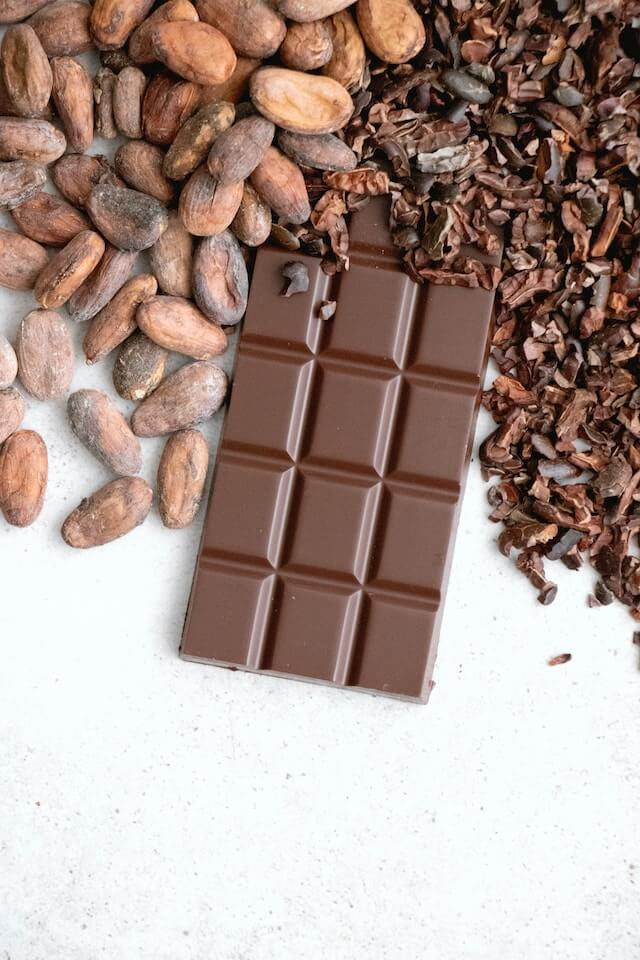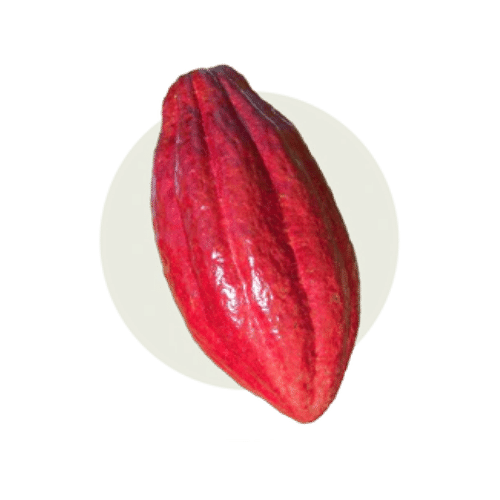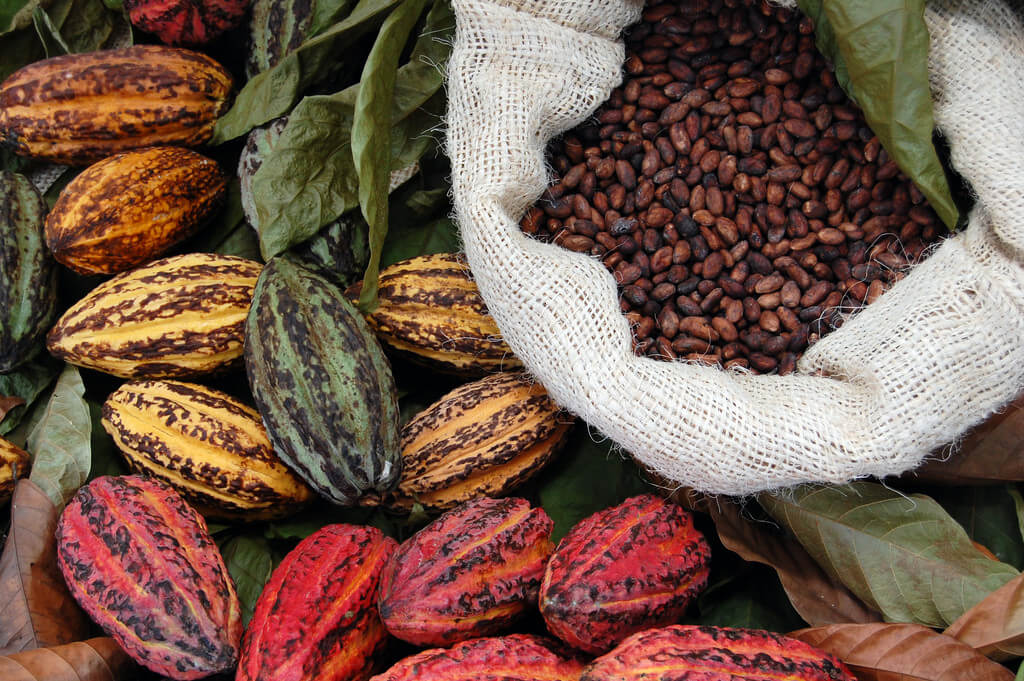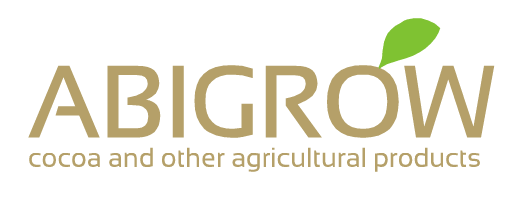Cocoa

Welcome to the World of Cocoa:
Varieties, History, and Climate Conditions
At our website, we're dedicated to providing you with comprehensive insights into the fascinating world of cocoa.
From its rich history to the diverse varieties and the unique climate conditions it thrives in, we're here to share knowledge and enhance your understanding of this remarkable commodity.
At the heart of your favorite chocolate treats lies the incredible cocoa bean. The cocoa market is defined by three distinct varieties of these beans, each contributing to the diverse flavors and experiences we associate with chocolate consumption.
Varieties of Cocoa Beans
-

Forastero (Bulk Cocoa)
Representing the majority of global cocoa production at an impressive 93.5%, Forastero beans are the backbone of the cocoa industry. While often associated with high yields and robustness, they form the basis for many mass-produced chocolate products.
-

Criollo (Fine or Flavor Cocoa)
In the minority, Criollo beans stand out for their refined flavor profiles. Often referred to as "fine" or "flavor" cocoa, they offer unique taste experiences and are favored by connoisseurs for their complexity and delicate notes.
-

Trinitario (The Finest Cocoa Hybrid)
The Trinitario variety holds the distinction of being the world's finest cocoa hybrid. Emerging from crosses between mixed Criollo and mixed Forastero types in Trinidad, Trinitario beans offer a harmonious blend of qualities, making them highly sought after by chocolate artisans.

THE TOP 5 COCOA GRINDERS IN THE WORLD
Côte d’Ivoire • The Netherlands • Indonesia • Germany • U.S.A
Diving into Cocoa History
18th Century Dutch Influence:
Dutch merchants took center stage in the cocoa trade during the 18th century. Amsterdam emerged as a pivotal cocoa port, catalyzing the growth of a local cocoa industry. This era witnessed the birth of essential cocoa processing techniques, including the invention of the cocoa press for fat extraction and the Dutch Process of alkalization, setting the stage for Dutch excellence in cocoa processing.
Cocoa's Journey in Africa
The growing demand for chocolate spurred the need for increased cacao cultivation. The planting of Amelonado cacao from Brazil in places like Principe, Sao Tomé, Nigeria, and Ghana marked the expansion of cocoa cultivation. Notable pioneers, like Chief Iboningi in Nigeria and Tetteh Quarshie in Ghana, played vital roles in introducing and nurturing cocoa production in their respective regions.
Present Leading Producers
Today, the top cocoa-producing countries are Côte d'Ivoire, Ghana, and Ecuador. These nations lie within the equatorial belt between 10ºN and 10ºS, where the climate provides the ideal conditions for cocoa tree cultivation.
Climatic Considerations for Cocoa Growth
Cocoa trees thrive in specific climatic conditions that ensure optimal growth and yield.

Climate Conditions
Temperature: Cocoa plants flourish in relatively high temperatures, with an annual average maximum of 30 – 32ºC and a minimum average of 18 – 21ºC. These temperature ranges provide the necessary warmth for cocoa trees to thrive and produce quality beans.
Rainfall
Adequate rainfall is essential for cocoa tree health, and its preference lies in evenly distributed rainfall throughout the year. This moisture ensures consistent growth and bountiful harvests.
In conclusion, the world of cocoa beans is a captivating blend of history, diverse varieties, and climate-dependent growth. Whether it's the robust Forastero, the exquisite Criollo, or the hybrid Trinitario, each variety has its role to play in satisfying our craving for chocolate. As we continue to appreciate and enjoy chocolate, let's remember the intricate journey from bean to bar and the remarkable factors that shape this delectable treat.
At our website, we're passionate about cocoa and dedicated to sharing these insights with you. Whether you're a chocolate enthusiast, a history buff, or someone intrigued by the science of cultivation, we invite you to explore further and discover the captivating world of cocoa. Stay tuned for more informative content and updates as we continue to explore the many facets of this beloved commodity.



